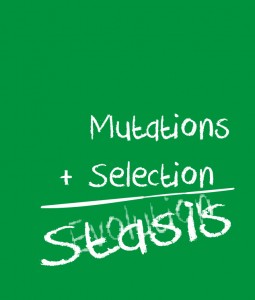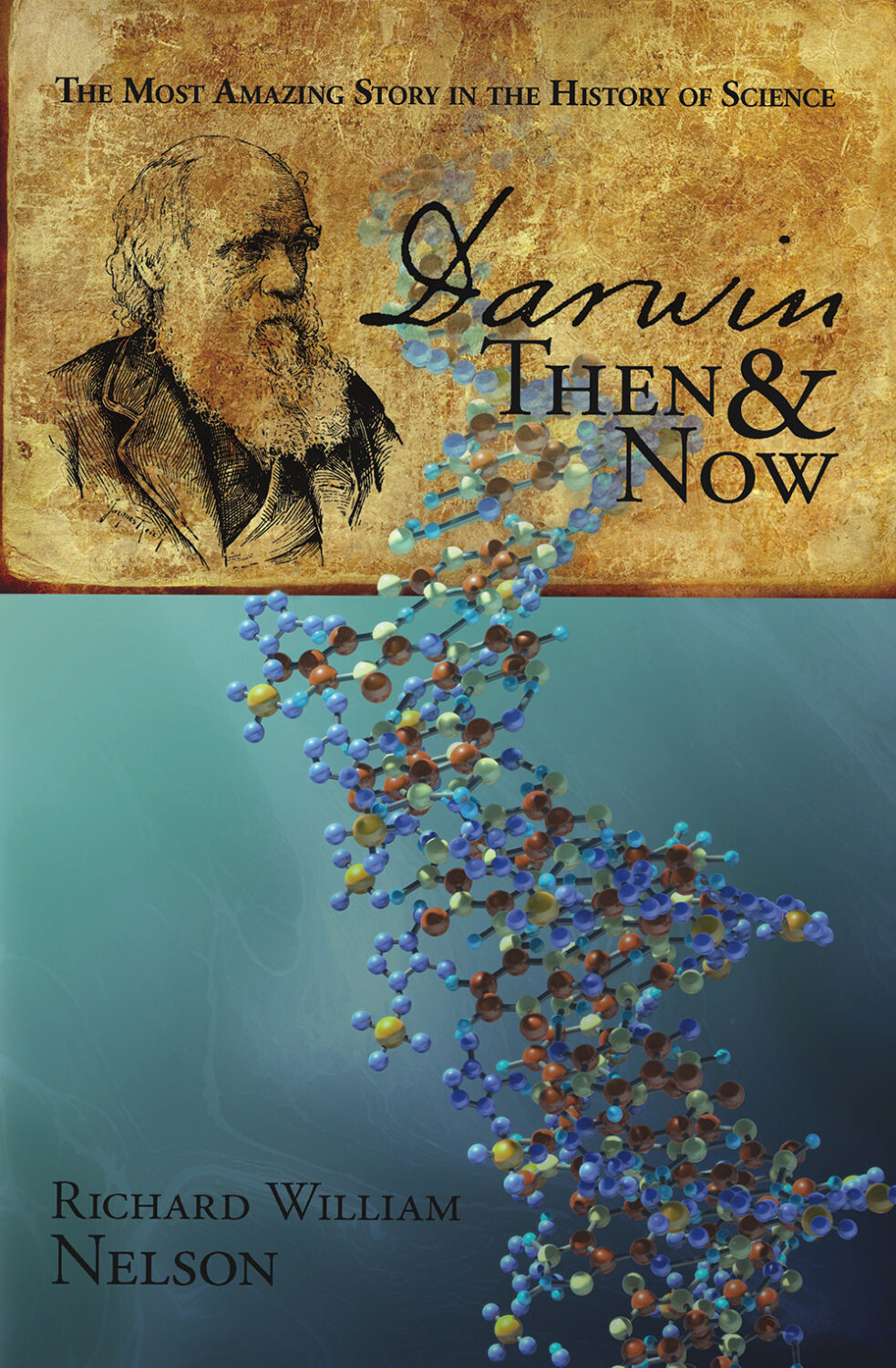by Richard William Nelson | Mar 5, 2015
 The finches Charles Darwin encountered on the Galapagos Islands have served as one of the most enduring examples of evolution throughout the twentieth century.
The finches Charles Darwin encountered on the Galapagos Islands have served as one of the most enduring examples of evolution throughout the twentieth century.
As Darwin explains in The Origin of Species, “one [finch] species had been taken and modified [changed] for different ends” – the essence of natural selection.
However, in the nineteenth century. The technology to scientifically validate these changes in the genetics of Darwin’s finches was inconceivable.
Continue Reading
by Richard William Nelson | Jan 9, 2015
 The genetic code is the universal language of life, from the first microbe to man. Searching for the origins of the first genetic code mystery, however, is akin to deciphering the evolution of life.
The genetic code is the universal language of life, from the first microbe to man. Searching for the origins of the first genetic code mystery, however, is akin to deciphering the evolution of life.
Over the past two years, the research team of Bojan Žagrović (pictured) at the Max F. Perutz Laboratories of the University of Vienna has been searching for a natural mechanism driving the genesis of the original genetic code − a longstanding challenge of the evolution industry.
Since the interactions between genetic material (nucleobases, DNA, and mRNA) and amino acids produce the workhorse molecules of life–proteins, Žagrović’s research team has been focusing on understanding what might have been the initial natural physicochemical mechanisms producing the original genetic code.
Continue Reading
by Richard William Nelson | Nov 28, 2014

Charles Darwin‘s fascination with insects began early in life. While studying at Cambridge University, his interest continued with earnestness, as he sent James Francis Stephens, his professor of entomology (insects), specimens and descriptions of the critters.
At the time, discussing the evolution of insect genetics would have been as relevant as discussing moon landings. Just months before setting sail on the HMS Beagle in 1831, Stevens published his recognition of Darwin’s work on insects (pictured right) in his widely popular Illustrations of British Entomology.
Continue Reading
by Richard William Nelson | Nov 4, 2014
 The European eel illustrates exactly why Charles Darwin’s theory of evolution has continued to be on the wrong side of science. Darwin once argued that.
The European eel illustrates exactly why Charles Darwin’s theory of evolution has continued to be on the wrong side of science. Darwin once argued that.
“By the theory of natural selection, all living species have been connected… So that the number of intermediate and transitional links, between all living and extinct species, must have been inconceivably great.”
Since the publication of The Origin of Species in 1859, Darwin’s “inconceivably great” number of evolutionary transitional links in the fossil record over the past 150 years remains missing despite the vast discovery of fossils.
Continue Reading
by Richard William Nelson | Oct 8, 2014
 The genetic mutation plus natural selection equation emerged as the most popular theory of biological evolution during the twentieth century.
The genetic mutation plus natural selection equation emerged as the most popular theory of biological evolution during the twentieth century.
However, with advances in biotechnology, evolutionary scientists have since increasingly challenged the credibility of this theory, popularly known as neo-Darwinism or the Modern Synthesis theory.
A recent study published in the journal Science by a Harvard research group undermines the theory that genetic mutations plus natural selection equals evolution in an experimental evolution model using the yeast microbe Saccharomyces cerevisiae.
The model demonstrates stasis – not evolution.
Continue Reading
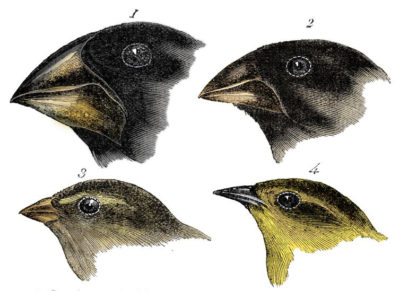 The finches Charles Darwin encountered on the Galapagos Islands have served as one of the most enduring examples of evolution throughout the twentieth century.
The finches Charles Darwin encountered on the Galapagos Islands have served as one of the most enduring examples of evolution throughout the twentieth century.

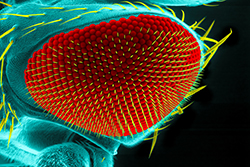
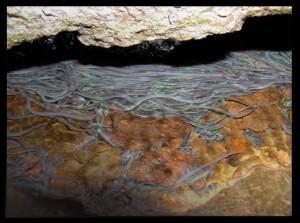 The
The 